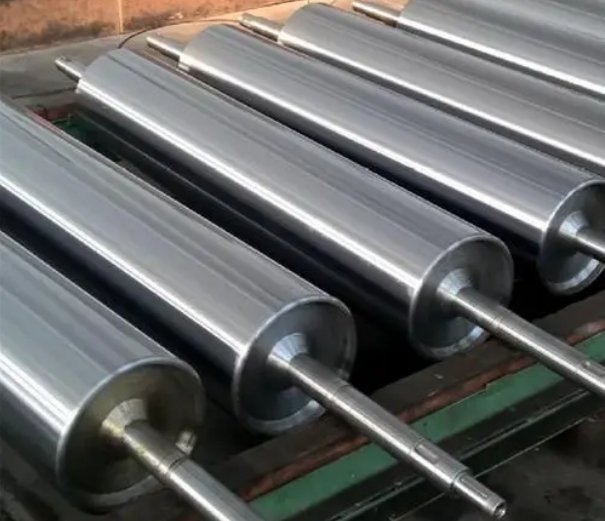Surface Roughness: Galvanizing vs Chromizing
Time:2023-12-28 18:06:42 Source:未知 Click:次
In the manufacturing industry, electroplating technology is a common surface treatment technology widely used in automotive, household appliances, construction and other fields. Among them, galvanizing and chromizing are two most common electroplating methods. This article will introduce in detail the differences in surface roughness between galvanizing and chromizing, to help readers better understand and choose these two surface treatment methods.
Firstly, let's understand galvanizing. Galvanizing is a process of electrochemically depositing zinc material on the surface of metal, mainly to prevent metal corrosion. Due to its low cost and strong corrosion resistance, galvanizing is widely used in automotive, household appliances, construction and other fields.
The surface roughness of galvanized layer is affected by many factors, including the composition of the plating solution, current density, plating time, etc. Generally speaking, the thickness of the galvanized layer is thin, and the surface roughness is low. However, if the plating process is not controlled properly, it may lead to high surface roughness of the galvanized layer, which affects the appearance and performance of the product.
Next, let's look at chromizing. Chromizing is a process of electrochemically depositing chromium material on the surface of metal, mainly to improve the hardness, wear resistance and glossiness of the metal. Due to its high hardness and glossiness, chromizing is widely used in automotive, household appliances, decoration and other fields.
The surface roughness of the chromized layer is also affected by many factors, including the composition of the plating solution, current density, plating time, etc. Generally speaking, the thickness of the chromized layer is thick, and the surface roughness is high. However, if the plating process is well controlled, it can reduce the surface roughness of the chromized layer and improve the appearance and performance of the product.
In general, the surface roughness of galvanized and chromized layers is mainly affected by the plating process. In practical applications, it is necessary to select appropriate plating methods and process parameters according to the specific needs and performance requirements of products, in order to obtain ideal surface roughness.
However, it is not enough to consider only surface roughness. When choosing an electroplating method, other factors such as cost, corrosion resistance, wear resistance should also be considered. For example, although chromizing can improve the hardness and wear resistance of products, its cost may be higher and may not be suitable for all application scenarios. Similarly, although galvanizing has low cost, its corrosion resistance and wear resistance may not be as good as that of chromizing.
Therefore, when choosing an electroplating method, it is necessary to comprehensively consider various factors to achieve the best performance and economic benefits. It is hoped that this introduction can help readers better understand and choose galvanizing and chromizing as two surface treatment methods.


